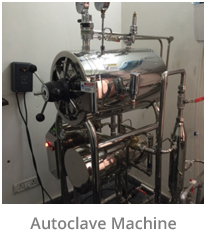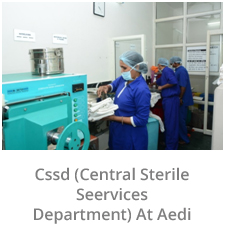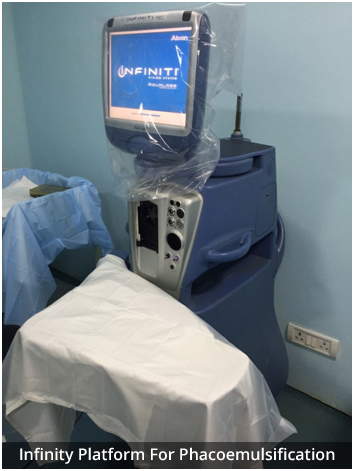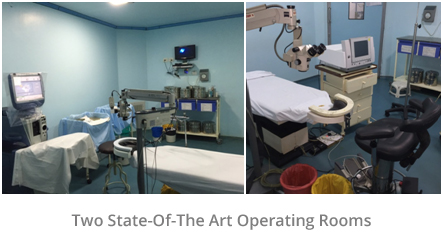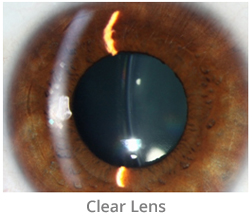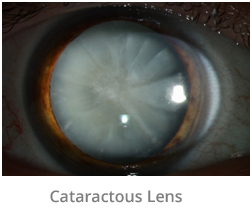Cataract Surgery & Treatment Hospital in Gurgaon
Cataracts are a very common condition, particularly among older adults. However, treatment options for cataracts can be very different depending on an individual’s situation. While mild cataracts might require no more than a new eyeglasses prescription, advanced cataracts often require surgery. At Ahooja Eye & Dental Institute (AEDI), our team of specialists can help you decide which options are best for you.
AEDI is equipped with state-of-the art technology for performing cataract surgeries. We have two fully equipped operation theaters, designed according to NABH standards. The sterilization techniques, instrumentations and surgical techniques at AEDI are of international standards, making the entire procedure safe and least traumatic to the patient.
List of Cataract Treatment Available at AEDI
There are different types of cataracts. They’re classified based on where and how they develop in your eye.
- Nuclear cataract form in the middle of the lens and cause the nucleus, or the center, to become yellow or brown.
- Cortical cataract are wedge-shaped and form around the edges of the nucleus.
- Posterior capsular cataract form faster than the other two types and affect the back of the lens.
- Congenital cataract, which are present at birth or form during a baby’s first year, are less common than age-related cataracts.
- Secondary cataract are caused by disease or medications. Diseases that are linked with the development of cataracts include glaucoma and diabetes. The use of the steroid prednisone and other medications can sometimes lead to cataracts.
- Traumatic cataract develop after an injury to the eye, but it can take several years for this to happen.
- Radiation cataract can form after a person undergoes radiation treatment for cancer.

